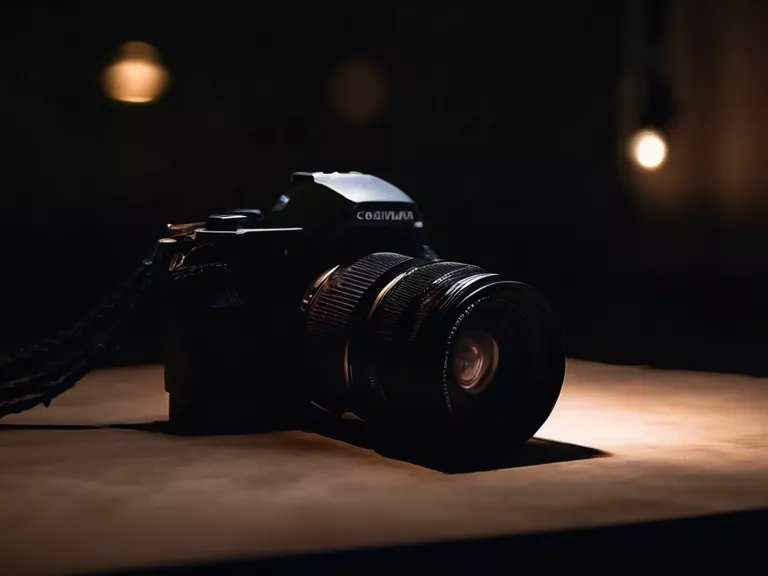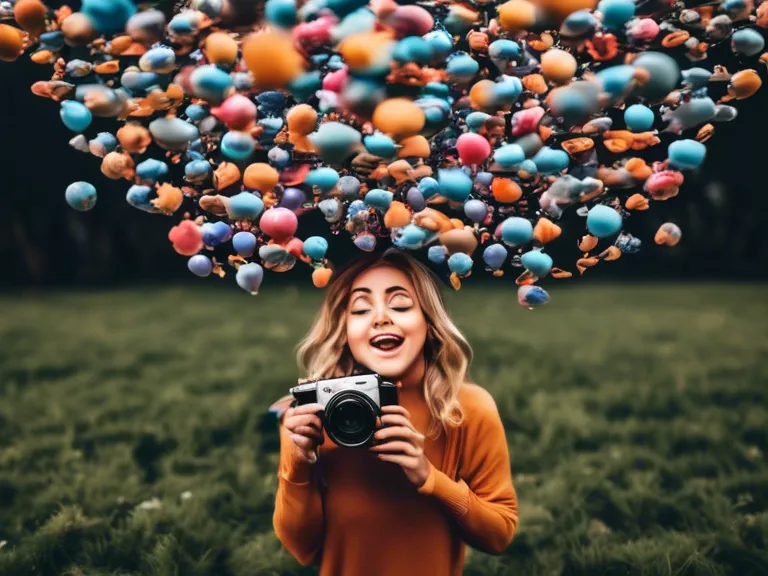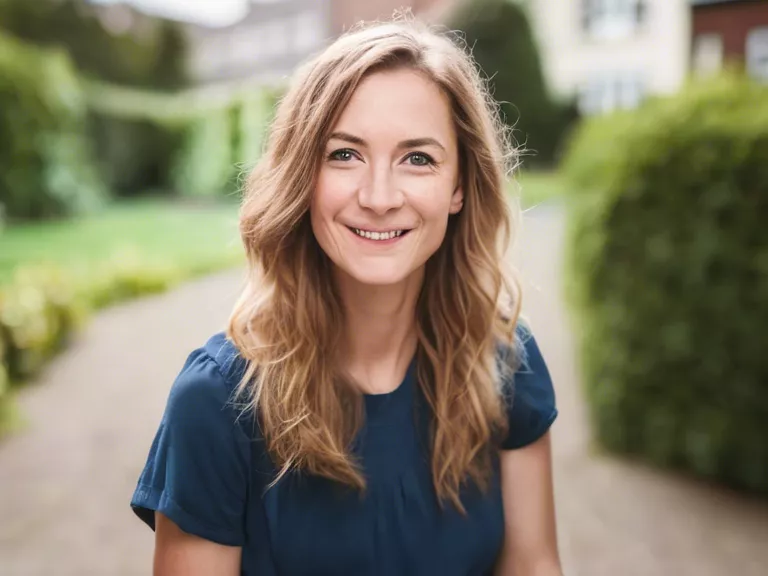
Low light photography can be challenging, but with a few simple techniques, you can master capturing stunning photos even in difficult lighting conditions. In this article, we will discuss some easy tips to help you improve your low light photography skills.
One of the most important factors in low light photography is having the right equipment. A camera with a larger sensor size and a wide aperture lens will allow more light to reach the sensor, resulting in better quality images. If you don't have a camera with these features, you can still achieve good results by using a tripod to stabilize your camera and avoid blur from camera shake.
Adjusting your camera settings is crucial in low light conditions. Use a higher ISO setting to make your camera more light-sensitive, but be mindful of the grain or noise that can result from a high ISO. Experiment with different ISO levels to find the right balance between exposure and image quality. You can also try using a slower shutter speed to let more light in, but be careful not to introduce motion blur if you are shooting moving subjects.
Another technique to improve your low light photography is to make use of natural light sources, such as street lamps, candles, or even the moon. Position your subject in relation to these light sources to create interesting lighting effects and shadows. Additionally, consider using artificial lighting, such as a flash or LED light, to supplement the available light and illuminate your subject.
Composition also plays a key role in low light photography. Experiment with different angles and perspectives to create visually appealing images. Look for interesting patterns, textures, and contrasts that can add depth to your photos. Use the available light to your advantage and play with shadows to create dramatic effects.
By practicing these simple techniques and experimenting with different settings, you can improve your low light photography skills and capture stunning images in challenging lighting conditions.



